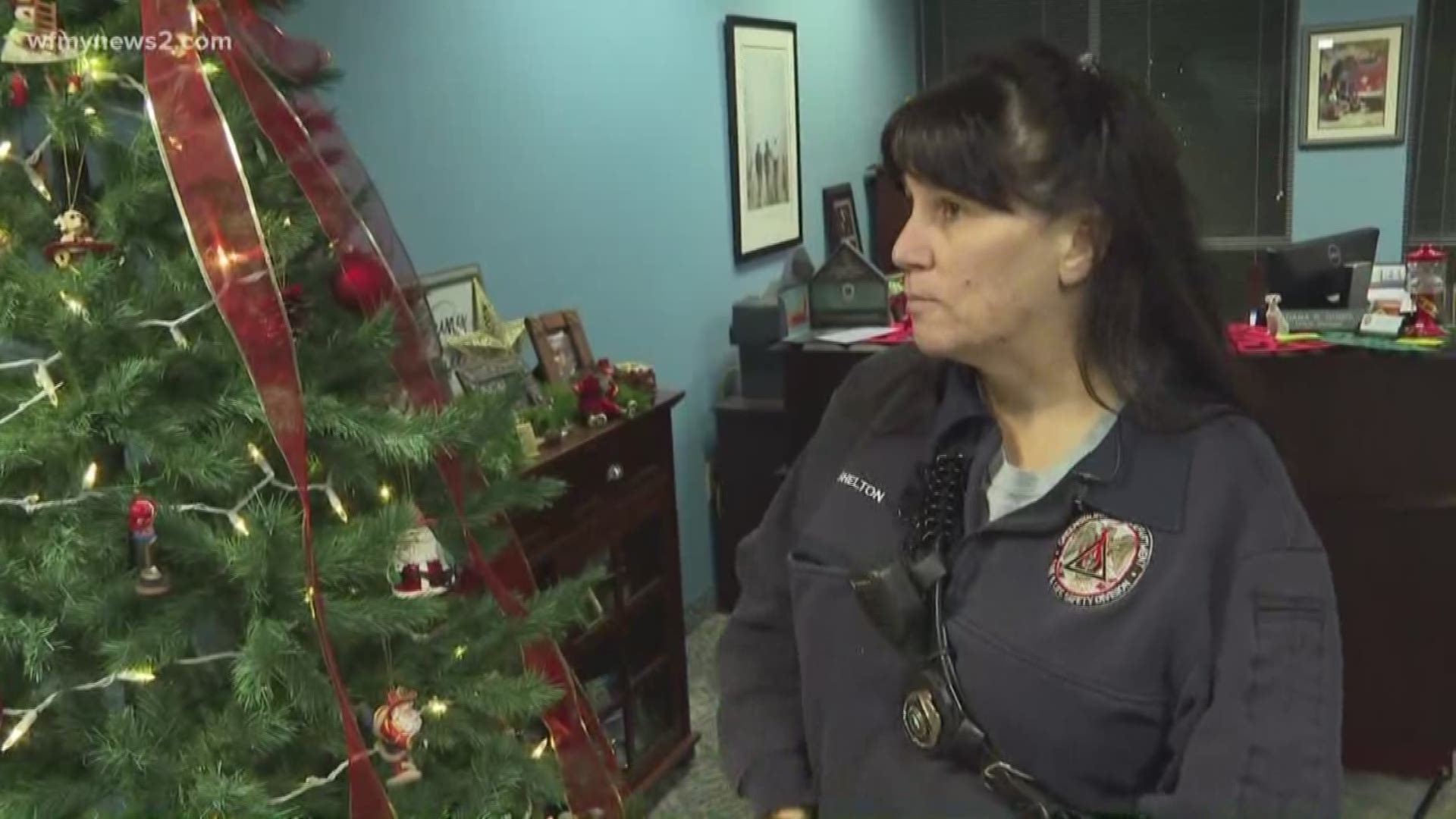GREENSBORO, N.C. — Even though Christmas tree fires are not common, they're much more likely to be deadly. According to the National Fire Protection Association, on annual average, one of every 45 reported home fires that began with a Christmas tree resulted in a death, compared to one death per 139 total reported home structure fires.
"All Christmas trees can burn, but a dried out tree can become engulfed in flames in a matter of seconds," said Lorraine Carli, NFPA's vice president of Outreach and Advocacy.. "In recent years, we've seen tragic incidents where Christmas tree fires have resulted in deadly consequences for multiple family members, including young children."
The NFPA, along with state and local fire agencies, is strongly encouraging everyone to remove Christmas trees from their homes promptly after the holiday season. Statistics show 33 percent of U.S. home fires that begin with Christmas trees occur in January.
"Christmas trees are combustible items that become increasingly flammable as they continue to dry out," said Carli. "The longer you keep one in your home, the more of a fire hazard it becomes."
Trees should not be put in the garage or left outside. The NFPA recommends using the local community's recycling program for tree disposal, if possible.
The NFPA offers the following tips for safely removing holiday lights and decorations:
- Use the gripping area on the plug when unplugging electrical decorations. Never pull the cord to unplug any device from an electrical outlet, as this can harm the wire and insulation of the cord, increasing the risk for shock or electrical fire.
- As you pack up light strings, inspect each line for damage, throwing out any sets that have loose connections, broken sockets or cracked or bare wires.
- Wrap each set of lights and put them in individual plastic bags, or wrap them around a piece of cardboard.
- Store electrical decorations in a dry place away from children and pets where they will not be damaged by water or dampness.

